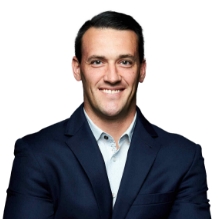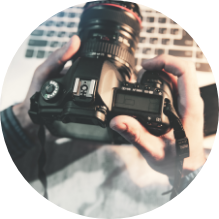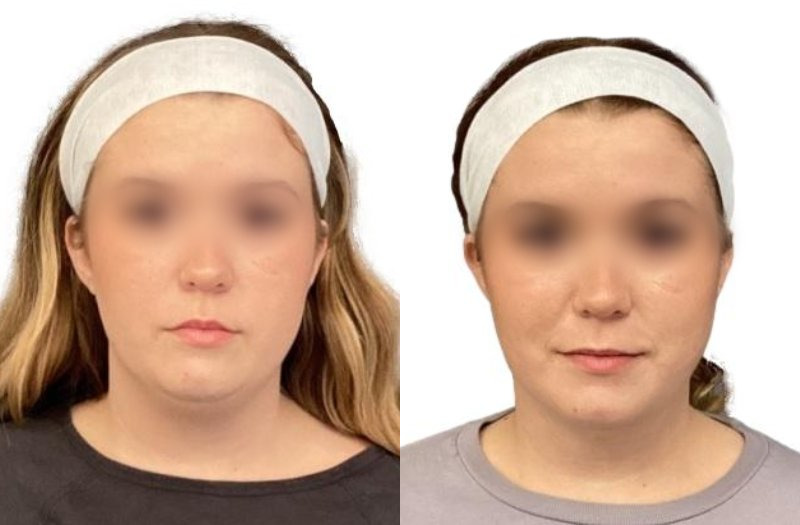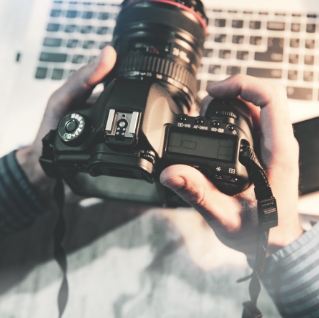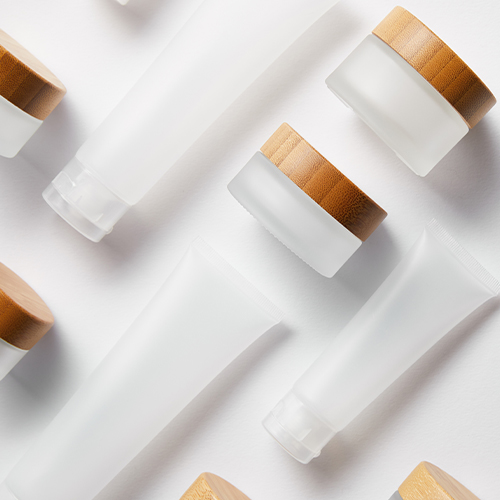Quick Links

What Is FaceTite?
As we age, our skin naturally loses its elasticity, and this can create undesired looseness. For people looking to tighten the skin of their face and achieve a new, youthful glow, FaceTite is an exciting new option. This procedure is typically most effective on the lower half of the face. It uses RFAL (radiofrequency assisted liposuction) to sculpt the face. This helps us remove unwanted fat while promoting collagen growth, which is an essential component of healthy skin. Liposuction is combined with technology that allows us to control radiofrequency, speeding up the process.
Brittany K. Eidson
Double-Board Certified Facial Cosmetic Surgeon
Dr. Brittany Eidson is a highly accomplished Double-Board Certified Facial Cosmetic Surgeon and Fellowship-trained Cosmetic Surgeon. A Fellow of the American College of Surgeons and Diplomate of the American Board of Facial Cosmetic Surgery, Dr. Eidson co-founded TruForm Surgery.
learn more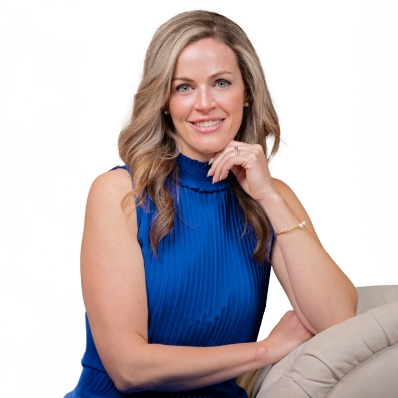
Who Is a Candidate for FaceTite?
FaceTite is an exciting and effective procedure, but not everyone will be a good candidate. This procedure will be most useful for people who are struggling with the appearance of the chin, the jaw, and the cheeks, as well as the neck in some cases. Patients should be in good health and should be willing to stop smoking before and after the FaceTite procedure. There are fewer risks associated with this procedure when compared to a facelift, but there are still risks that we’ll discuss with you during our consultation. We’ll also talk about your medical history to make sure you don’t have any conditions that would prevent you from being a candidate. Finally, ideal patients are willing to be open about their expectations. While FaceTite offers convenient and substantial results, the results may not be as permanent or dramatic as the ones offered by a more traditional facelift.
What to Expect During a FaceTite Procedure
We’ll give you the full rundown on how to prepare for this procedure, and we’re ready to answer any questions so that you’re feeling comfortable and confident. You might need to stop taking certain medications, like blood thinners, to make sure that the procedure goes smoothly. You might also want to arrange for someone to drive you home from the procedure.
Local anesthesia is usually used for FaceTite, meaning you’ll be awake but comfortable. Once you’re ready, we’ll begin by making a small, precise cut in the targeted area. Using a tiny device, we’ll send radiofrequency energy into the face to break down fat, making it much easier to remove. We’ll then use a separate piece of technology to suction the fat out of the face. Radiofrequency is also incredibly beneficial because of its ability to stimulate the production of collagen, which can help fight certain parts of the aging process.
Before & After Results
Explore the transformative journey through our gallery and witness the remarkable changes firsthand.
View GalleryFaceTite Aftercare
We’ll give you detailed instructions on how to start and maintain your healing journey at home. By checking in with us, you can make sure that you’re on your way to enjoying your results as quickly as possible. Patients can return home the same day, and recovery time is usually remarkably short–typically 1-2 days. We’ll give you a garment that provides compression to make sure you heal seamlessly. Results can be seen fully after a few months, and you’ll be able to enjoy your revitalized face. The results usually last for years before another procedure is needed.
Frequently Asked Questions
Does FaceTite work?
What are the best ages for FaceTite treatment?
Does FaceTite help the look of jowls?
Schedule a Consultation
FaceTite is just one example of the exciting range of options we offer to our patients at TruForm surgery. If this procedure sounds like a good fit for you, start the conversation by contacting us at our office in Brighton, MI.
Dr. Brittany Eidson realized her passion for oral and facial cosmetic surgery while studying at the University of Michigan. It was during this time she also uncovered her strong desire to serve her country and community. Dr. Eidson completed her residency in Oral and Maxillofacial Surgery in the Army at Walter Reed National Military Medical Center. She was commissioned as an officer in the US Army earning the rank of Major, and continued serving her country for 13 years. Her last duty station was in Fort Hood Texas, where she was the staff surgeon at Carl R Darnall Army Medical Center. While at Fort Hood, Dr. Eidson performed numerous rhinoplasties, jaw reconstructive, TMJ, and Orthognathic surgeries on hundreds of soldiers during active duty. After finishing her service to the Army, she completed a one-year fellowship in Facial Cosmetic Surgery through the American Academy of Cosmetic Surgery. Her practice is now focused on esthetic surgery of the face.

